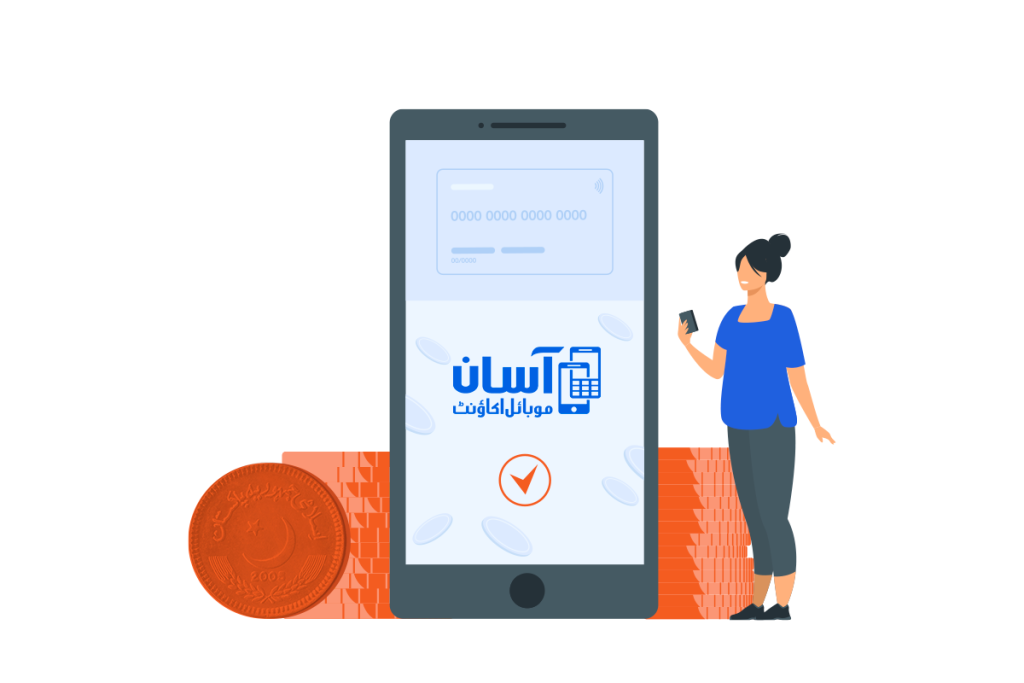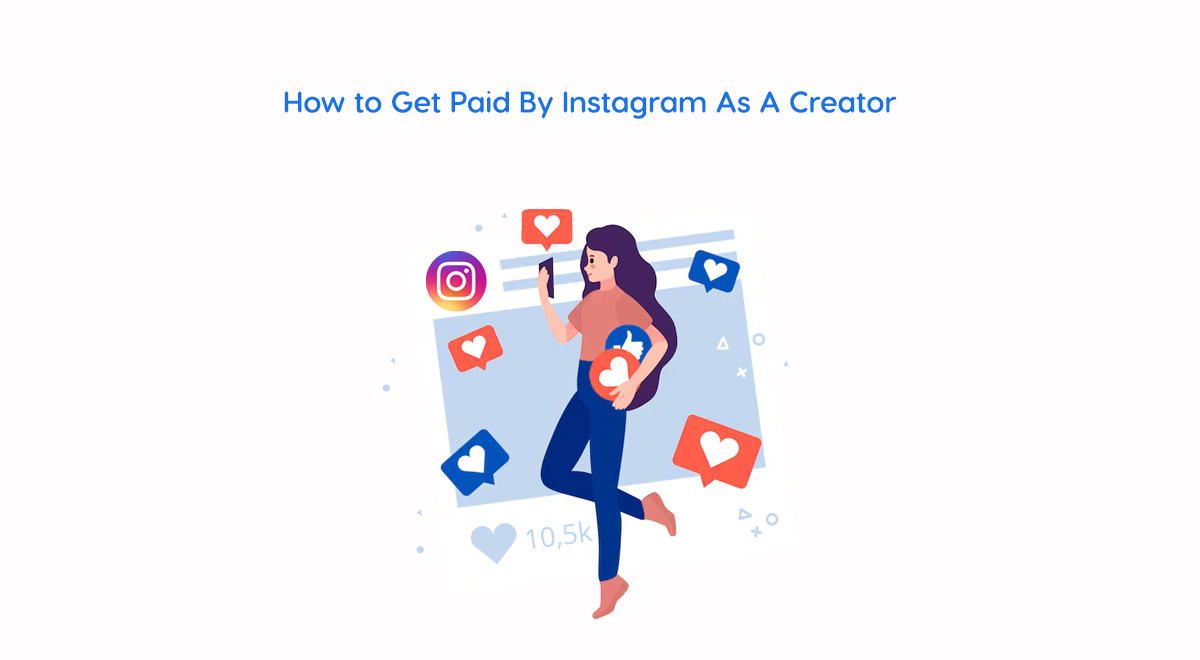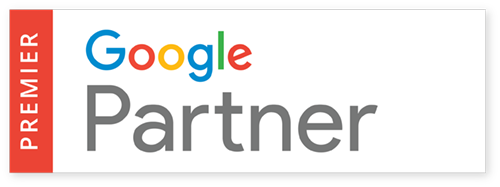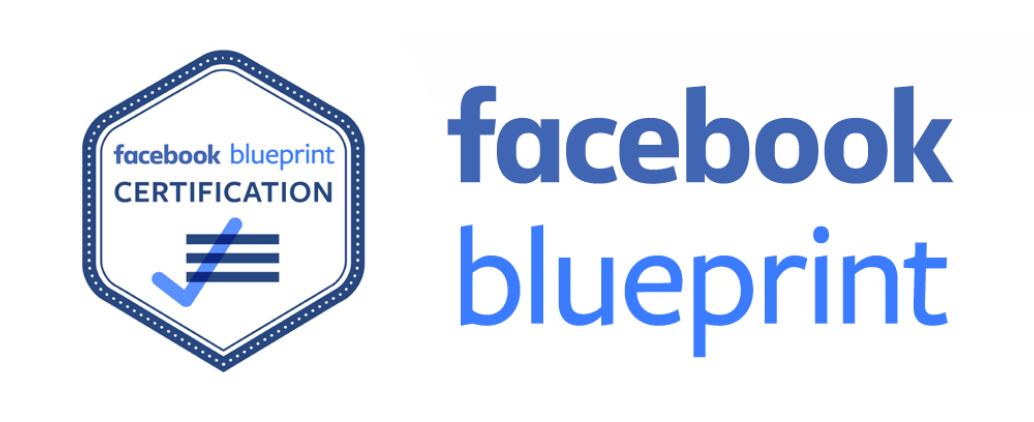State Bank of Pakistan (SBP) launched the Asaan Mobile Account (AMA) scheme at its headquarters in Karachi, Sindh. The governor and deputy governor of the State Bank, CEOs of some of Pakistan’s largest banks, Chairman of the National Database Registration Authority (NADRA) and Pakistan Telecommunication Authority (PTA), officials from Virtual Remittance Gateway (VRG), and other central bank officials were in attendance. The launch comes after a long and uneven ride for AMA and the parties involved, with unwanted delays in the scheme launch, wilted faces of some of its participants, and uneasy interactions. But let’s shift focus from delays and tense moments. It is rather about the scheme and what it holds for Pakistan. The scheme exemplifies a rare cooperation between commercial banks, mobile network operators, or telcos like Telenor and Mobilink and a young fintech company VRG which is at the center of making this cooperation a reality.
Learn more:Can Banking Apps Strike the Right Balance Between Security and Convenience?
Understanding the AMA Scheme
The scheme is finally here, with ambitious targets of banking a huge unbanked population and a promise that if this population is banked, it can also change the entire nation’s destiny. Why choose AMA? It offers banking services to unbanked people via a USSD-based channel, removing the need for internet access.
The Need for Financial Inclusion
Most mobile phone customers are familiar with the USSD code system. Each time they use a prepaid card to load more money into their mobile balances, they use a USSD code to conduct that transaction (that *786 or *123 or similar code followed by the scratch card code you use is called a USSD code). In turn, it is expected to improve financial inclusion which comes with its own prize for the economy.
Scope and Reach
Bankers often avoid dealing with low-income individuals, like a shepherd from a village, and might even refuse them entry to a bank branch. This is because banks worry about the image they project and how wealthy customers might feel uncomfortable with the presence of low-income individuals. Also, low literacy rates among these groups make them challenging to work with. Banks have historically seen serving these customers as unprofitable because the cost of serving these customers is high while the potential profits are low. Ignoring people because of their low literacy or because of their appearance or language is just plain wrong, especially when the majority of the population in Pakistan belongs to the low-income group. If banks keep ignoring them, it becomes a serious matter for the economy because many people won’t have access to banking services. So, what’s the solution? Bring the bank to them.
This reason behind having AMA is straightforward. Many people in Pakistan don’t have bank accounts for a few main reasons: some don’t earn enough money or have jobs that don’t meet the requirements for opening an account, others find the paperwork too difficult because they aren’t very literate, and for some people getting to a bank branch is hard, especially for women. So, how do you take the bank to these people? According to data from the PTA, there are 187 million active cellular subscribers, so banking on phones is the most convenient way to open unbanked bank accounts.
However, not all cellphone subscribers have smartphones to carry fancy banking apps or other wallets on. Until 20 October 2021, 52% of the country’s cellphone users were smartphone users, whereas the remaining 48% used feature phones. The ones who do have smartphones especially those in the low-income demographic of the country, are not likely to have internet access on these phones, sometimes because of infrastructure constraints and sometimes because the internet would be too expensive to afford. They would always have the USSD system of codes available wherever a mobile network operator operates.

Potential Impact on Financial Inclusion
This AMA scheme displays different kinds of models, classified as a many-to-many model under which many banks and telcos partner to offer services to almost all bankable customers which is an estimated 100 million adults in Pakistan. Profit’s investigation found that there aren’t many banks teaming up with phone companies to provide mobile banking through USSD codes. Only a few banks have joined hands with Ufone for this, but their services are limited to basic transactions. For instance, you can’t open an Askari Bank or Bank Alfalah account by dialing a USSD code, you need to go to a bank branch for that. Mobilink and Telenor offer branchless banking services like JazzCash and EasyPaisa. With bank support, they help people without bank accounts, especially those with low incomes, to join the financial system.
- Under the National Financial Inclusion Strategy (NFIS) of the Government of Pakistan, a target of 65 million active digital transaction accounts has been set to be achieved by 2023.
- As of September 2021, according to data from the State Bank of Pakistan, there were 260,829 active branchless banking agents in the country providing OTC banking services.
- Unlike the 16,308 bank branches in Pakistan as of June 2021, the widespread network of branchless banking agents offers more accessibility.
- Customers of banks like HBL or UBL can easily deposit or withdraw cash and access mobile banking services through agents of EasyPaisa or JazzCash.
This effective use of branchless banking can greatly enhance financial inclusion. Pakistan has a large unbanked population that must be brought into the banking system for financial inclusion, digital payments, anti-money laundering efforts, and overall economic digitization which can be achieved through shared infrastructure between banks and telecom companies. The many-to-many model is the most effective approach, supported by regulations like third-party service provider (TPSP) rules. The recent launch of AMA reflects this willingness and effort towards interoperability.
Operational Mechanism of AMA
Under the AMA scheme, a smartphone or non-smartphone user without an internet connection and without the need to go to a bank branch can simply dial *2262# (the USSD code for the AMA scheme, available on all telco networks) and open an Asaan Mobile Account with any one of the 13 partner banks. The mobile phone app will ask for your CNIC number and expiry date. Then, NADRA will check your identity using the information which is linked with bank systems. An official connected with scheme, choosing to remain anonymous, said that the actual account opening takes under or up to a minute only.
Once an account is opened with any one of the partner banks, financial transactions like funds transfers and bill payments can be made through the same phone on a USSD channel. Interoperability means that users will be able to carry out financial transactions between banks on the same USSD channel. The frictions that earlier restricted a segment of the population from opening a bank account are removed by the AMA account. To begin with, people will have the facility to make payments, transfer funds, pay bills, and do mobile top-ups. However, the facility will allow banks to add new products and services such as disbursing loans into AMA accounts.
Potential for Economic Growth
The success of AMA is based on the assumption that people who were not literate enough to open a bank account at a branch would be wise enough to open and operate AMA accounts on their phones. The counterargument, which is precisely the point of interoperability and has been the mainstay of branchless banking, is a vast agent network that provides assisted banking services to wallet users. With everything set up like this, AMA seems like it could really help more people get included in banking. Especially for women, who banks haven’t paid much attention to, even though they have qualities that could benefit those banks. With all that in place, AMA looks promising for making headway in financial inclusion, particularly for women, whom banks have long ignored despite their positive attributes.
If you think about it in terms of making or losing money, it is just as important for a bank if a woman has a bank account as it is for a man. Studies show that women tend to save more money and there’s some evidence suggesting they are less likely to miss loan payments. This was explained by SBP Deputy Governor Sima Kamil when asked about why banks aren’t focusing more on including women in financial services.
You may also like: 8 Best Banks for Freelancers in Pakistan
Do you Know?
Current Progress and Future Outlook
In an earlier analysis, Profit said people the country wants to get into the bank are likely better off by remaining unbanked: a bank account changes nothing for them. However, an official stakeholder of the scheme said it has to start with a bank account. He said:
There are conveniences attached to making payments digitally. Billions of rupees worth of payments are made in Pakistan in cash; for example, payments at vegetable and fruit markets all across the country are made in cash on daily basis by millions of people. If you aggregate all of these payments, it is a huge amount of money that is cash based and if digitized, this money is going to help the economy overall.
Final Words
Suppose the uptake continues and AMA is able to get 50 million people into the banking net and there are active transactions on these accounts. In that case, it will substantially increase financial inclusion and lay the grounds for a country where financial services and products would be available for the now financially excluded. Then, it promises a better financial life and an uplift for low-income households which will alter the course of their lives and lead them toward a more profitable destiny.




